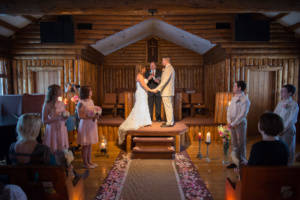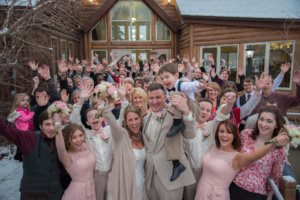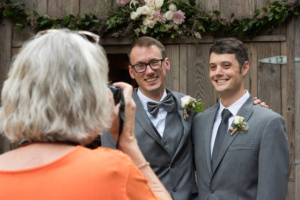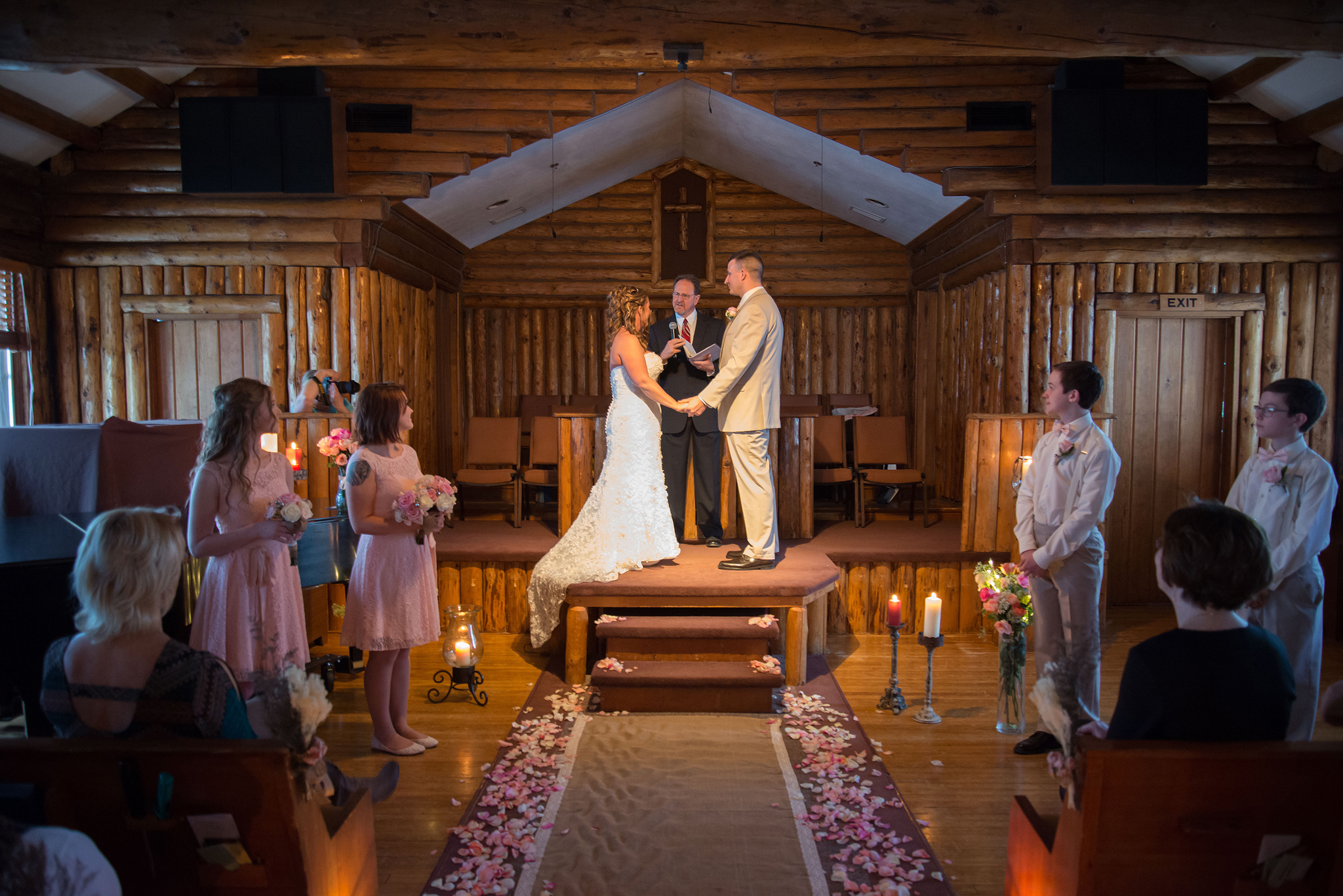
With the Spring and Summer months behind us and the Fall and Winter months ahead many people start planning ahead for the next season’s warm weather activities. Many of these plans will revolve around weddings and wedding engagements. Because of that I’ve decided to try to provide some information that will help in deciding what photographer would be best for you from a photographer’s point of view. So here is A Primer on Wedding Photography.
First and foremost is the misconception that all that a photographer does is show up, take pictures, go home and send them in an email. That’s no different than thinking that all that the caterer does is show up and put some food on a table, serve it up and throw away the paper plates. That food needs to be carefully prepared, delivered carefully and served in a beautiful way and then the dishes need to be done. It’s a process as photography is a process. It’s certainly true that you can hire someone to come and take pictures inexpensively, you can also hire a caterer that will serve TV dinners.
When you hire a professional photographer you will expect more than snapshots of the wedding. A photographer can take hundreds or sometimes a thousand or more photos at a single event. Once back at the studio they will need to sort out all of the stinkers before starting the processing phase of the project. Out of focus, closed eyes, redundancy etc are all considered in this phase. This all takes time. After the initial sorting of the photos there are still many more left to consider whether they’re worthy of being a final photo.

If the photographer is using film, which some still do, they will have shooting time plus processing/developing time. If they shoot digital they will also have processing time. Modern professional photographers photograph their images in what’s called a RAW file which is considered a digital negative as it will need to be converted into a usable image format for printing or digital display. This RAW format gives the photographer the same form of adjustment ability that the film photographer does in a darkroom, primarily brightness, contrast and color adjustments such as white balance and saturation, plus a lot more. Because each photo is unique each will typically require separate attention from the rest. In other words each photo is typically processed in its own unique way.
In many cases a professional photographer will have a second or third photographer at the event. The second, or assistant photographer, is helpful in capturing fleeting moments that come and are gone in a flash. This assistant is also helpful in setting up any equipment such as lighting and backdrops as well as posing people, seeing overlooked details as well as sorting the photos after the event. Once sorted the primary photographer will process the final photos. A second shooter will also help with any video captures of the event. Today most professional wedding photographers provide video service as well.
A professional will also have a backup photographer who will cover for him if he becomes ill or is unable to photograph the wedding for unforeseen reasons. The last thing that you want is a sick photographer at the event or one that’s too ill to attend.
What do you get for your money?
All of this can add up when considering cost. Generally speaking one can expect to pay from $2500 – $10,000 for a true professional wedding photographer. Most photographers will have packages at different levels of pricing. The packages will typically provide a specified amount of final photos provided as well as other products such as specialty printing like canvas or acrylic prints, a hard bound portfolio album or a video of the event.

I know what you’re thinking. Holy macaroni, right? I know because I’m asked a lot about photographing weddings and have seen the look in a few faces when they start to think about their budget. First consider this. Will you remember or enjoy or remember the catered food in twenty years? Will you remember the DJ or the wedding planner or the venue manager? In my mind photography is the most important part of the wedding besides the vows. The photos will be with you for the rest of your lives and will help you to remember the details like the fabulous food and great music. Why compromise on what will truly be heirlooms for you and your family?
I also understand that a professional, in many cases, is impractical. In those cases my advice is to look for a photographer who is trying to make a mark for themselves or one who is trying to gain experience and a professional portfolio. Most aspiring photographers are not only willing to work for less they’re also usually enthusiastic. In this day and age, in many cases, one will know someone that’s either a friend or a family member that has a nice camera that would be willing to do this, sometimes for free. Ask to see their photos. You may be surprised.
And a final word concerning attendees with their own cameras or cell phone cameras who are tempted to snap photos during the ceremony or during the professional photographers time. Please consider that if there’s a hired photographer working please allow them the freedom to work. There have been many times where I’m unable to get the photo through or between guests trying to get the same photo. It also makes it difficult when eyes are straying while a group of people are all looking at different cameras all at once. Many weddings ask attendees to not take photos during the ceremony and to relax and enjoy the event. If the bride and groom ask or if there’s not a professional working photographer there some brides and grooms want their attendees to snap photos. They figure that 25 photographers working for free are better than one or two pros working for a wage. That’s a valid approach which I give as an option when I discuss a job with a potential client.
I hope that this helps those who are considering hiring a photographer for their wedding. And may I be the first to congratulate you.

